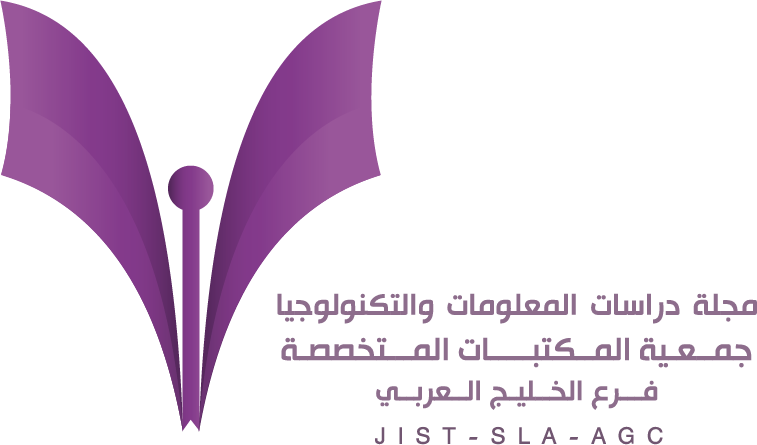-
oa الوثائق الأرشيفية السمعية البصرية الرقمية للمؤسسة العمومية للتلفزيون الجزائري: نحو تعزيز الذاكرة الجمعية والتراث الثقافي الرقمي «مشروع ماد – مام»
- Source: Journal of Information Studies & Technology (JIS&T), Volume 2021, Issue 1, Mar 2021, 6
-
- 20 September 2020
- 18 October 2020
- 31 March 2021
- Previous Article
- Table of Contents
- Next Article
Abstract
ملخص
تعتبر الوثائق الأرشيفية السمعية البصرية للمؤسسة العمومية للتلفزيون الجزائري مصدرًا مهمًا للتراث والذاكرة الجمعية للمجتمع الجزائري، حيث مكنها تفردها في الساحة الإعلامية كمؤسسة للإنتاج السمعي البصري خلال الحقبة الاستعمارية، ثم خلال مرحلة الاستقلال، من أن تكون الشاهد والأثر لمختلف المحطات السياسية، والاجتماعية، والاقتصادية، والتاريخية، والثقافية للبلاد. تواجه هذه الوثائق الأرشيفية السمعية البصرية مجموعة من الإشكاليات التي ترتبط بقدرتها على الاستدامة، وشروط حفظها ومعالجتها، وإتاحتها، خاصة مع إثارة موضوع الذاكرة والتراث في الجزائر، والذي يجعل هذه المؤسسة مهددة بفقدان كم كبير من ذاكرتها وتراثها السمعي البصري. يعتبر التحول نحو الرقمية من المشاريع الاستراتيجية لحفظ هذه الذاكرة السمعية البصرية للمؤسسة العمومية للتلفزيون الجزائري، وهو ما نركز عليه من خلال هذه الدراسة التي تعرض تجربة الجزائر ضمن البرنامج الأوروبي المتوسطي 4، والذي أفرز عن مشروع الذاكرة السمعية البصرية للبحر الأبيض المتوسط «ماد–مام». كما نحاول في هذا السياق تثمين هذه التجربة التي خاضتها المؤسسة العمومية للتلفزيون الجزائري، والاستثمار في المهارات الفنية والتقنية التي اكتسبها الأرشيفيون والمهنيون من خلال هذا المشروع الدولي لخلق مشروع وطني للذاكرة السمعية البصرية.
The audio-visual archive of the Algerian Public Establishment of Television has important resources of the heritage and collective memory of the Algerian society. Its existence as an audio-visual production institution in the media arena during the colonial period then during the independence years afterwards has positioned it as an irreplaceable witness and a documentary source of all the various changes the country has experienced (political, social, economic, historical, and cultural). However, these audio-visual archival resources face several issues related to their preservation and existence threatening losing a large amount of documents related to the nation's history and heritage. The shift towards digitization is a strategic project to preserve this audio-visual memory of the Algerian Public Establishment of Television. Hence, this study has emerged, and it presents the experience of Algeria in producing the audio-visual Mediterranean Memories Project “Med-Mem” which is part of the EUROMED Heritage Programme 4. This study also capitalizes on the experience of the Algerian Public Establishment of Television and developing the technological and technical skills of the archivists and professionals to fulfil this national project.


